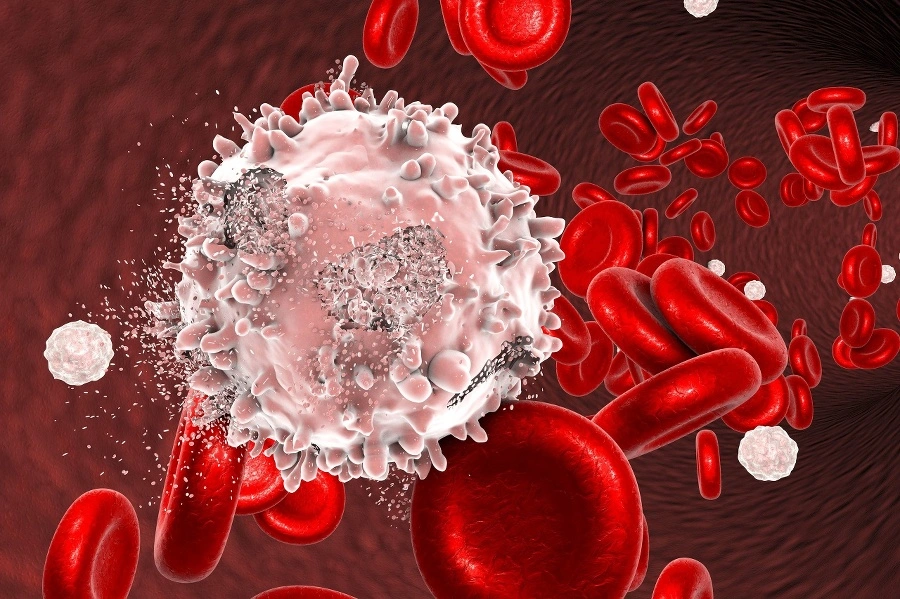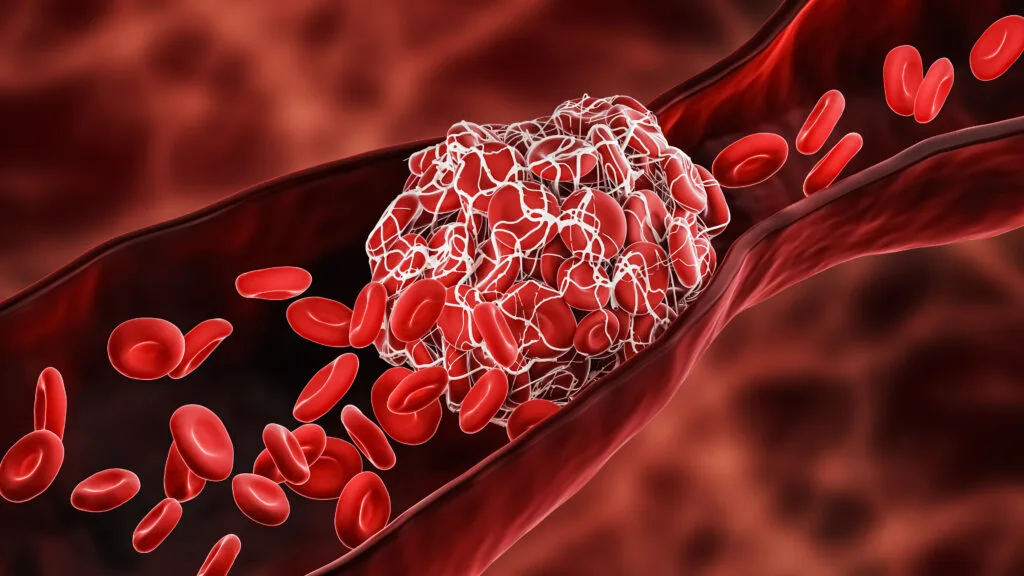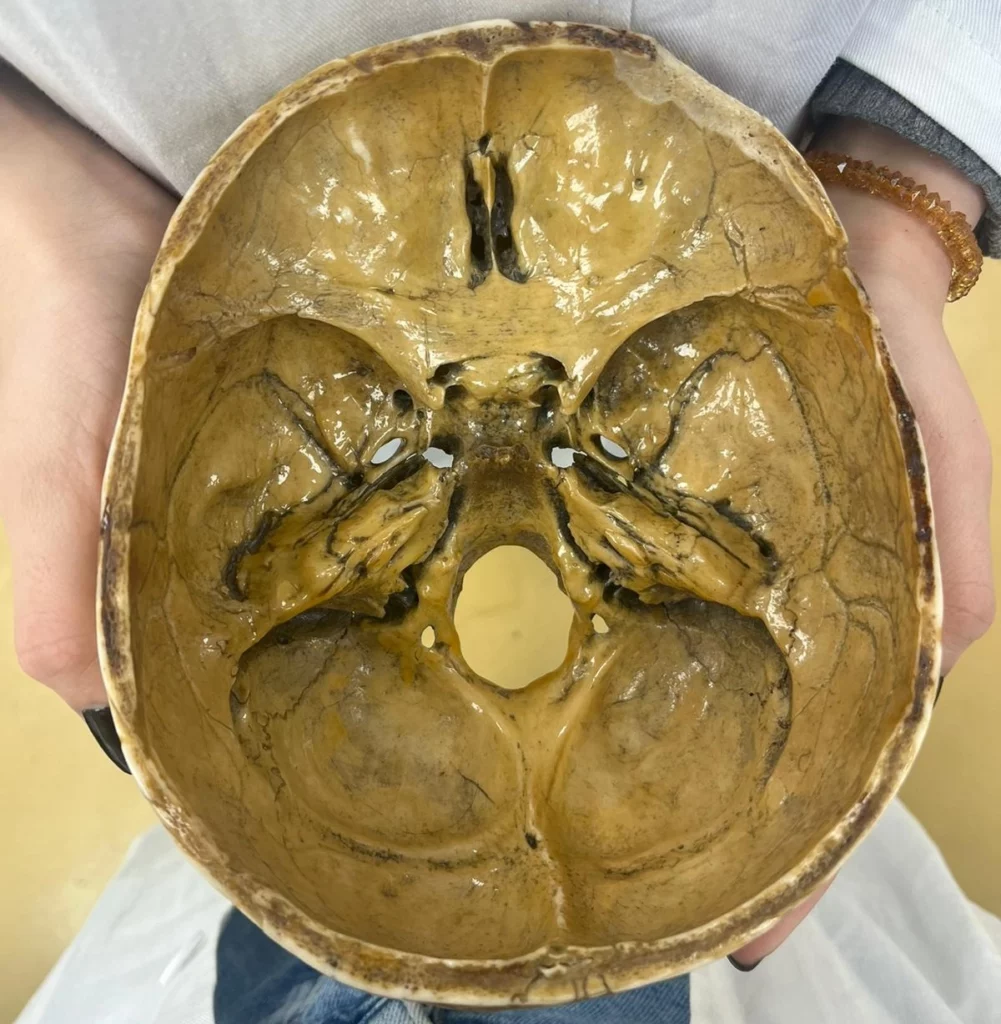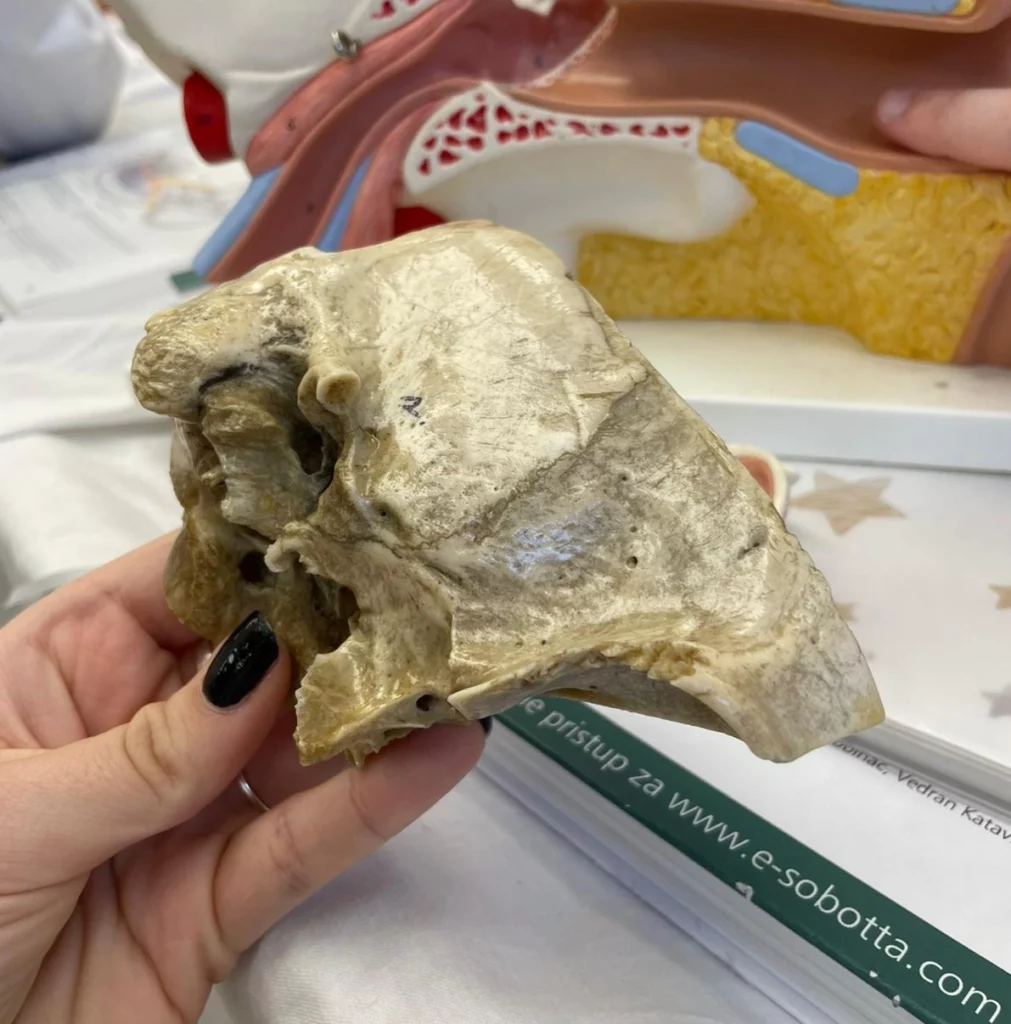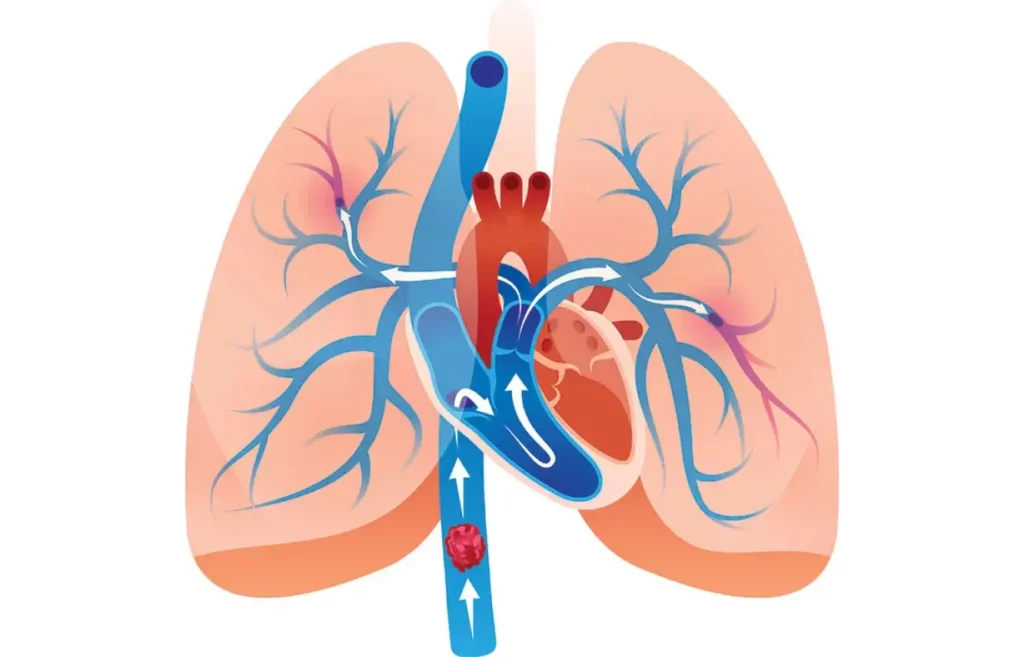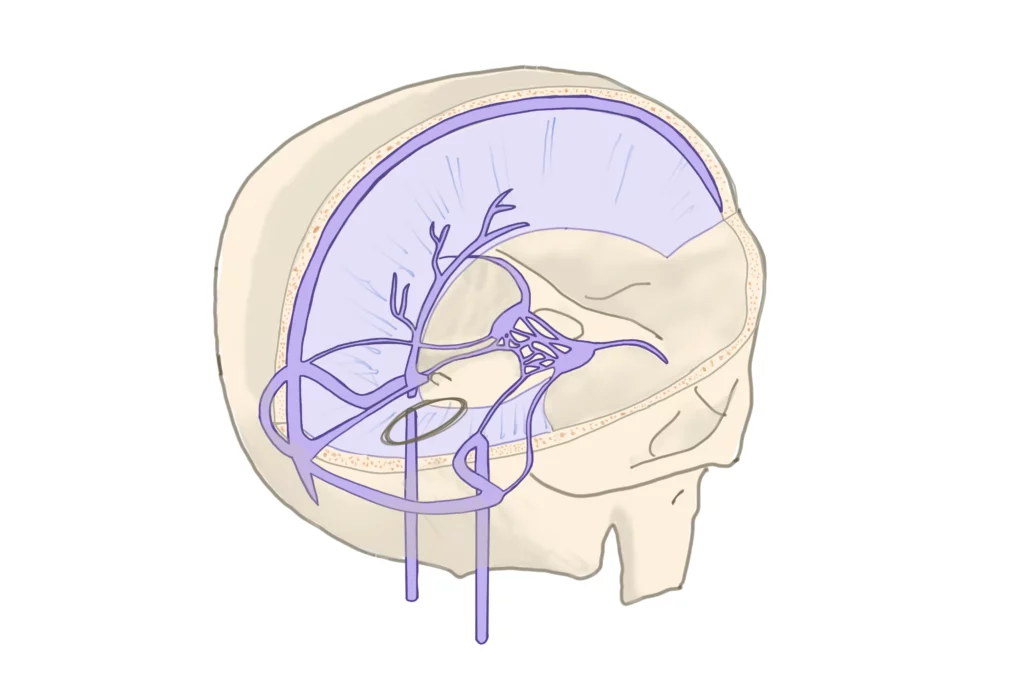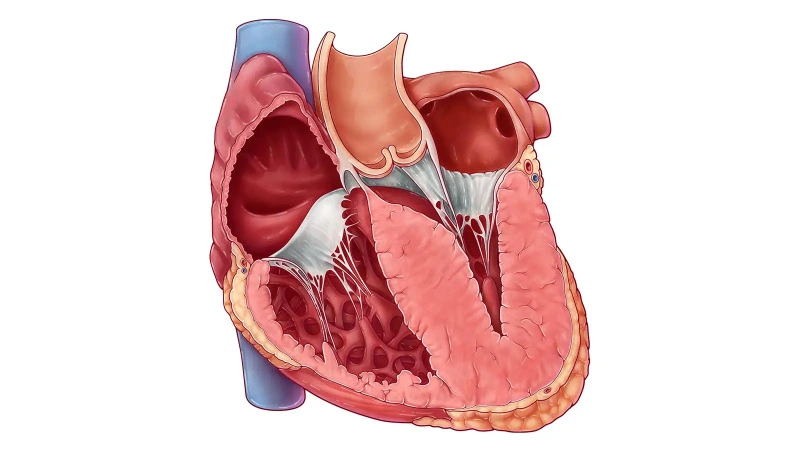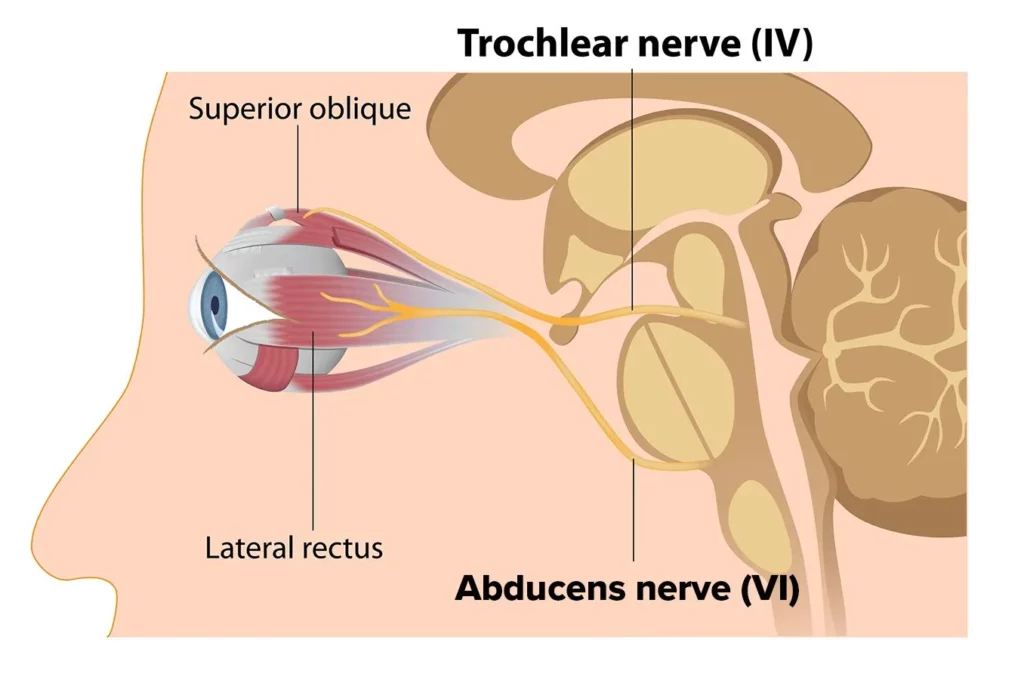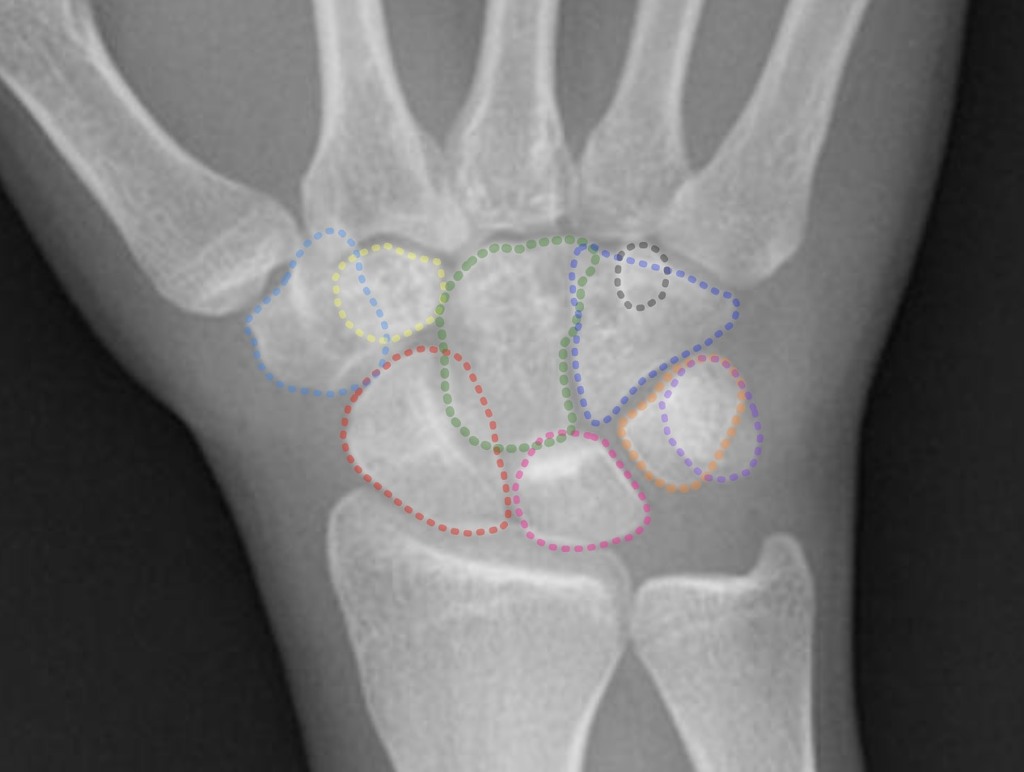Understanding Leukemias: A Guide for Medical Students
Leukemias are unnecessarily complicated for medical students, so today we are here to help and simplify! Dive into the world of leukemia with MedBrane’s guide tailored for medical students! What is Leukemia? Leukemias are a group of hematological malignancies characterized by the uncontrolled proliferation of leukocytes in bone marrow. It is classified into four […]
Understanding Leukemias: A Guide for Medical Students Read More »
